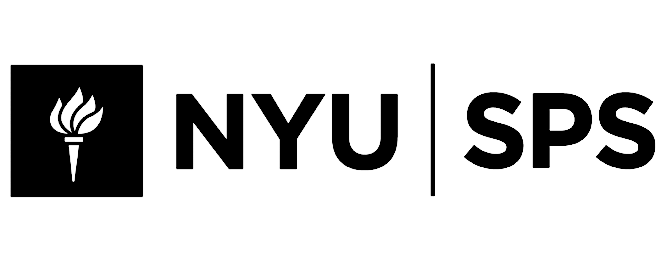We empower communities and organizations worldwide to tackle pressing ecological, social, and cultural challenges by offering mentorship, promoting, and provide strategic assitance to projects that drive enduring change.
Projects - Community Cohort 2025
-

Spiti Ecosphere
Ecosphere promotes sustainable mountain travel in the Himalayas. It offers programs that connect mindful travelers with Spiti's natural and cultural heritage while supporting local communities. -

Catskill Mountain Maker Camp
The Catskill Mountain Maker Camp’s yearly gathering are transformative for a growing community of makers, artisans and enthusiasts — nurturing creativity, encouraging hands-on learning, and supporting local craftsmanship. -

Rwenzori Trails
The Rwenzori Community Ecotourism Trail creates a sustainable tourism corridor. The trail aims to empower local communities, enhance livelihoods, and promote environmental and cultural preservation.
Our goals by 2028
Ecological:
30%
reduction in carbon emissions across all community-led initiatives by 2028, through the adoption of sustainable practices and renewable energy sources, contributing to climate action and environmental stewardship.
Social:
10%
increase in the Community Well-Being and Happiness Index, reflecting improved mental health and social connectivity within our communities through targeted programs and initiatives.
Cultural:
8
projects focused on preserving local cultural heritage, involving community members in the process to ensure that local histories are shared and celebrated, aiming to increase public engagement with cultural heritage.
What is our impact?
-
We provide direct mentorship to community leaders, using decades of industry experience to help communities develop, manage, and scale their sustainable tourism initiatives for long-term success.
-
Visibility is critical for growth. Our awareness initiatives—including media partnerships, PR campaigns, and an Ad Grant program—help community projects gain global recognition, attracting visitors, investors, and local supporters.
-
We promote travel and volunteer opportunities to support community projects, encouraging hands-on collaboration and direct involvement. This fosters meaningful cultural exchange and creates a tangible, lasting impact on community-led hospitality efforts.
Partners & Accreditation
Through strategic collaborations with NYU, UN Tourism, and global sustainability leaders, the META Foundation ensures that its initiatives align with internationally recognized standards. These partnerships strengthen our ability to drive real impact, refine our methodology, and expand global awareness of sustainable hospitality practices.
NYU New York University
Our collaboration with NYU’s academic and research teams ensures that the Hospitality 3.0 Framework is built on data-driven insights, strategic innovation, and best practices in sustainable tourism development. Through joint research, mentorship programs, and curriculum integration, we continuously refine our approach to create measurable, lasting change.
UN Tourism
As an advocate for UN SDG 11: Sustainable Cities & Communities, the META Foundation aligns its projects with UN Tourism’s global sustainability agenda. By participating in policy discussions, knowledge-sharing initiatives, and industry-wide collaborations, we contribute to the development of global standards for responsible tourism while amplifying the voices of community-driven projects worldwide.
Past projects











